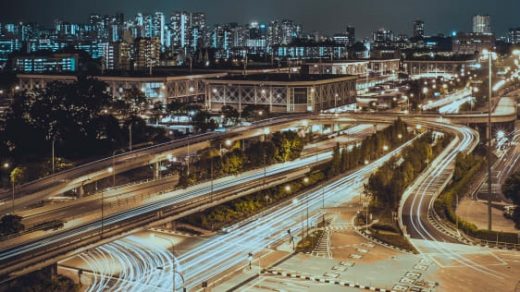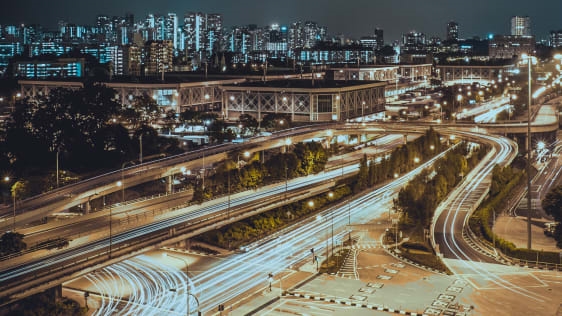Surprise finding: Streetlights don’t cause much light pollution. Here’s what does
Fun fact: On typical nights, Tucson’s street lights are set to light up at 90% illumination in the evening, and then dim to 60% at midnight. During the study, the researchers changed brightness from 30-100% illumination, and the city of Tucson received zero comments or complaints. Drivers and pedestrians don’t perceive the change, because their eyes quickly adapt to the light levels.
They found that on typical 90%/60% settings, only about 20% of light pollution came from streetlights.
So where does the other 80% come from? Primarily shop windows, lit signs, bright facades, and sports fields. This is news, as cities previously assumed that they maintained control of the majority of their own light pollution, when in fact it is largely controlled by private businesses.
The finding has meaningful policy implications, as it shifts how local and national governments might approach light pollution reduction efforts. The researchers also advise Tucson officials to stop their 90% illumination, and stick with illumination around 45-55% all night.
(76)



